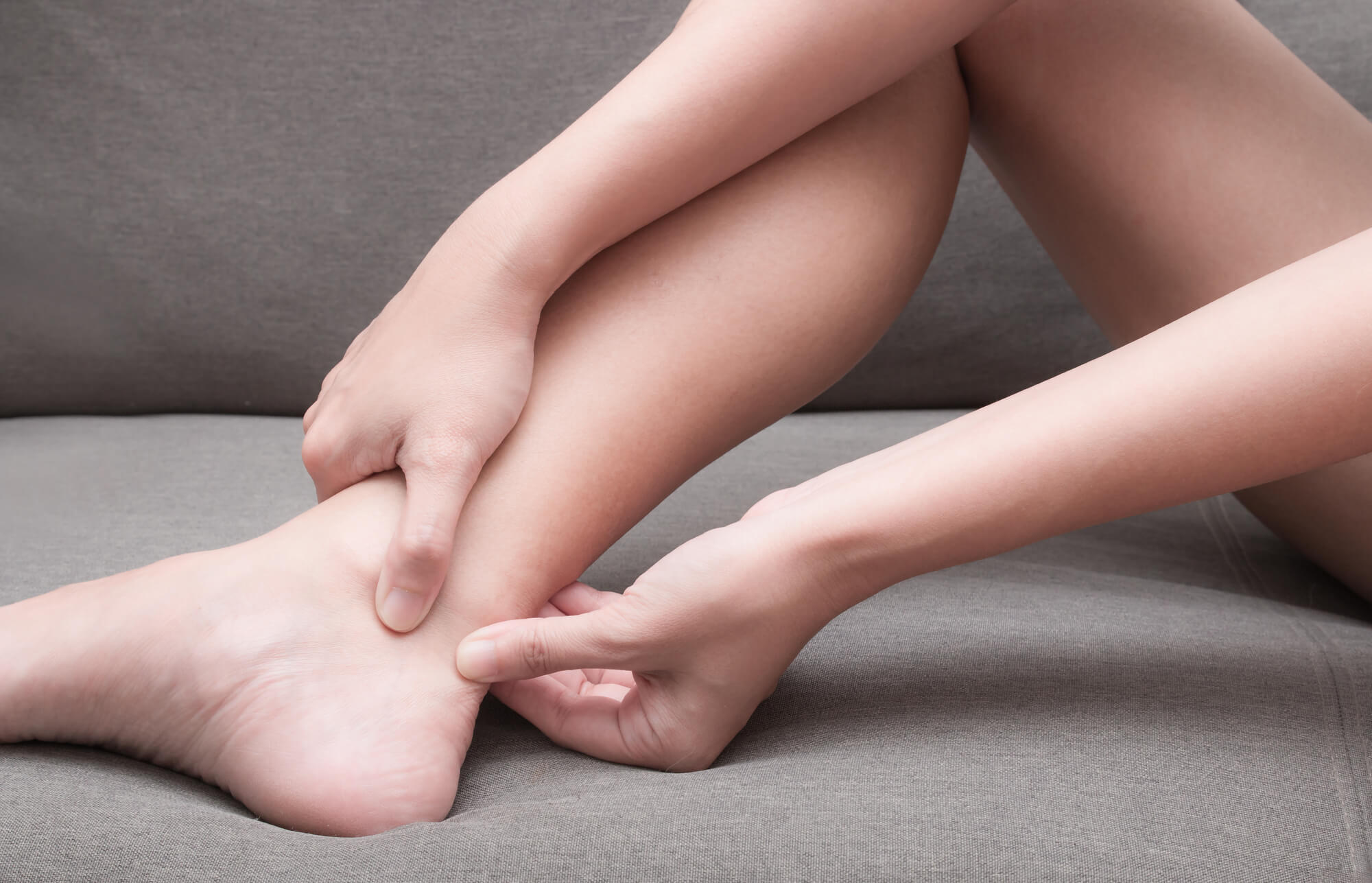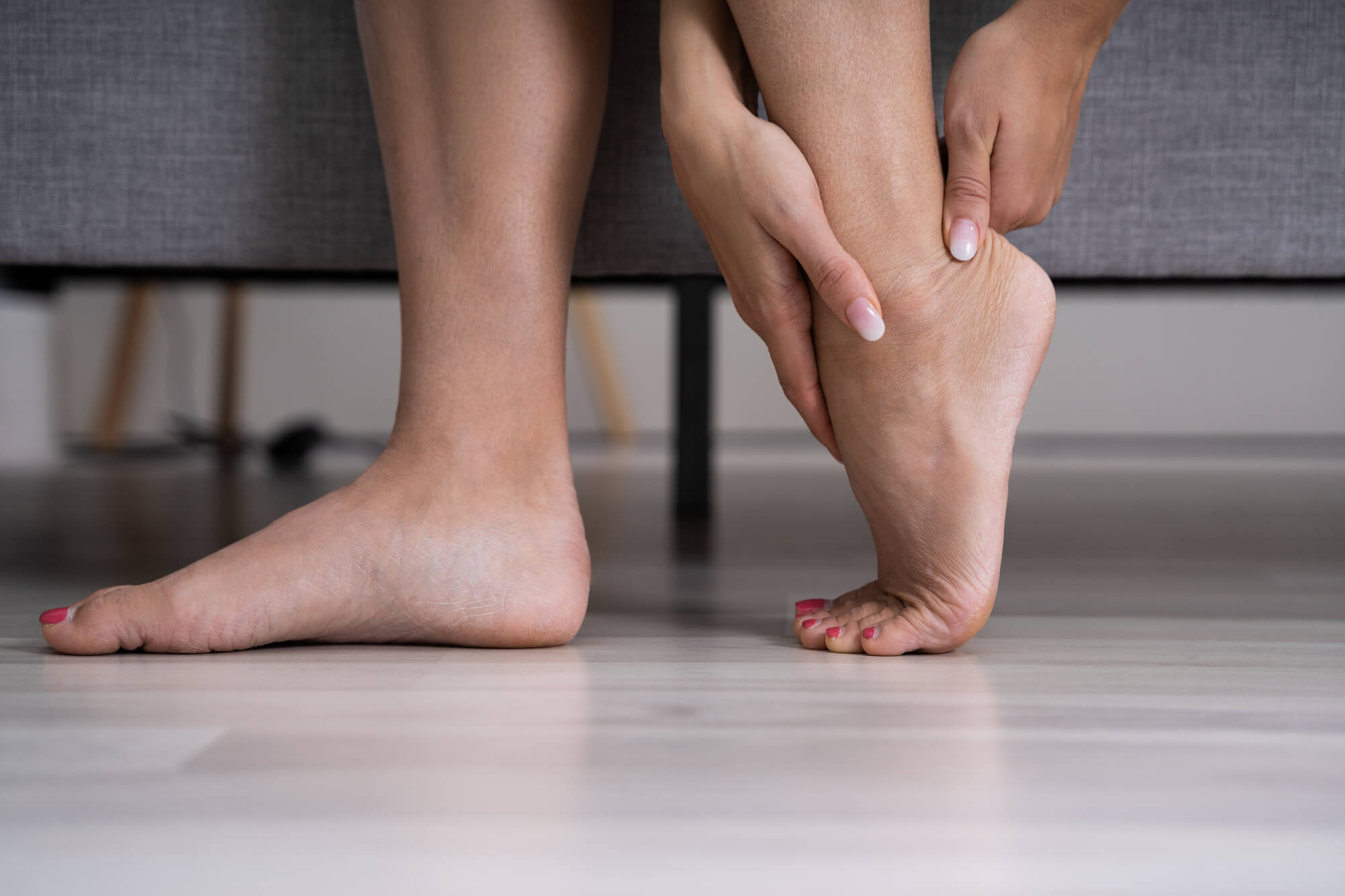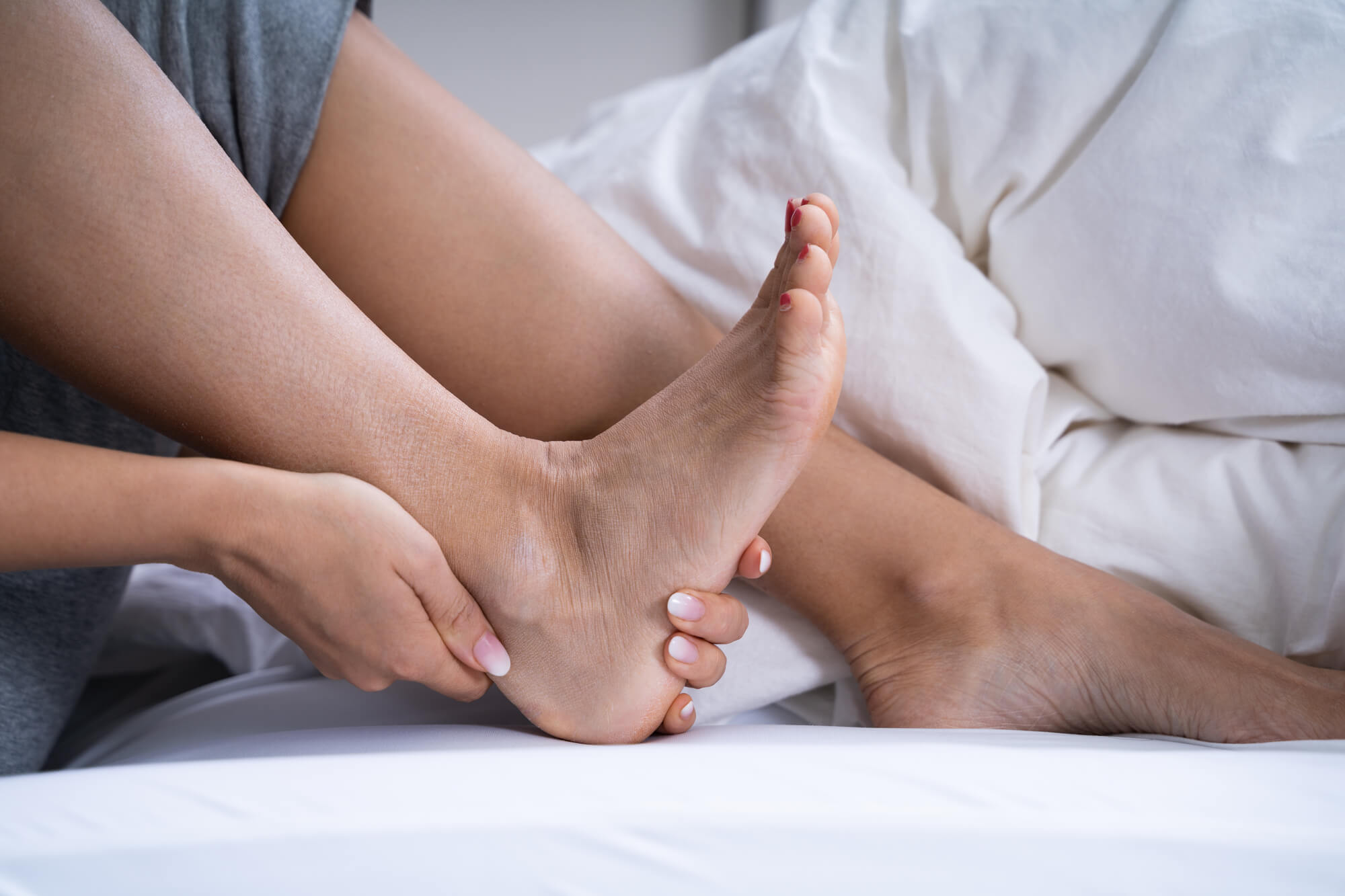Tendonitis: Symptoms, Causes & Treatment
Tendonitis, also spelled tendinitis, is a condition characterized by inflammation of a tendon. Tendons are strong, fibrous tissues that connect muscles to bone. When a tendon becomes inflamed, it can cause pain and difficulty moving the affected joint. Tendonitis can occur in any part of the body but is most common in the elbow, wrist, and Achilles tendon (the tendon in the heel of the foot). This article will explore the symptoms, causes, and treatment options for tendonitis.
Symptoms of Tendonitis
The most common symptom of tendonitis is a pain in the affected area. This pain may be a dull ache or a sharp, shooting sensation. It is often worse with movement and may be accompanied by swelling. Other symptoms may include difficulty moving the affected joint, weakness in the affected area, and tenderness to the touch.
In some cases, the affected area may feel stiff or sore when you first wake up in the morning or after periods of inactivity. Moving the affected joint may also experience a "grating" sensation. In severe cases, the pain may be constant and interfere with your daily activities.
It is important to note that the symptoms of tendonitis may vary depending on the location of the affected tendon. For example, tendonitis in the elbow (also known as "tennis elbow") may cause pain and tenderness on the outer side of the elbow. At the same time, tendonitis in the wrist (also known as "carpal tunnel syndrome") may cause pain and numbness in the hand and wrist.
You must consult a healthcare professional if you are experiencing any of these symptoms. They can determine the cause of your symptoms and recommend the most appropriate treatment. Ignoring the symptoms of tendonitis can lead to more serious problems, such as muscle or joint damage, so it is important to seek treatment as soon as possible.

Causes of Tendonitis
Several factors can contribute to the development of tendonitis. One common cause is a repetitive strain or overuse injuries, which occur when a particular muscle or group of muscles is used excessively over time. This can occur in people who engage in repetitive movements, such as typing or playing sports.
Improper technique during physical activity can also lead to tendonitis. For example, a runner who lands heavily on their heels when running may be at increased risk for developing tendonitis in the Achilles tendon.
Poor posture can also contribute to tendonitis. When the body is not properly aligned, it can put extra strain on certain muscles and tendons, leading to inflammation.
Age-related degeneration can also play a role in the development of tendonitis. As we age, our tendons may become more prone to inflammation and injury.

Treatment for Tendonitis
Treatment for tendonitis typically begins with rest and avoiding activities that worsen symptoms. Applying ice or heat to the affected area can also help to reduce swelling and pain. As prescribed by a podiatrist or physical therapist, stretching and strengthening exercises may also be beneficial in treating tendonitis.
In some cases, pain medication or corticosteroid injections may be necessary to manage pain and inflammation. Surgery may be required to repair or remove damaged tissue in severe cases.
It is important to seek medical attention if you are experiencing symptoms of tendonitis. A podiatrist or other healthcare provider can diagnose tendonitis and recommend the best treatment.
Preventing Tendonitis
You can take several steps to reduce your risk of developing tendonitis. Warming up before physical activity and using proper technique can help to prevent overuse injuries. Taking breaks and switching between tasks can also help to prevent excessive strain on a particular muscle or group of muscles.
Using proper equipment and maintaining good posture can also help to prevent tendonitis. It is important to stretch regularly, as this can help to keep muscles and tendons flexible and reduce the risk of inflammation. Maintaining a healthy weight can also help reduce the risk of tendonitis, as excess weight can strain the muscles and tendons.

Types of Tendonitis: Examples of Tendonitis Affecting Specific Body Parts and Movements
Here are some examples of types of tendonitis, identified by the body part affected and the movements that may cause the condition:
- Tennis elbow (tendonitis in the elbow): This tendonitis is caused by repetitive strain on the muscles and tendons in the elbow, often due to playing tennis or other racquet sports. It can also be caused by activities that involve repetitive arm movements, such as painting or carpentry.
- Golfer's elbow (tendonitis in the elbow): Similar to tennis elbow, golfer's elbow is caused by repetitive strain on the muscles and tendons in the elbow. However, it is more common in golfers (hence the name) and other athletes participating in gripping and swinging motions.
- Achilles tendonitis (tendonitis in the heel): This type of tendonitis is caused by repetitive strain on the Achilles tendon, which connects the calf muscle to the heel bone. It is common in runners and other athletes participating in running or jumping activities.
- Runner's knee (tendonitis in the knee): This type of tendonitis is caused by repetitive strain on the muscles and tendons in the knee, often due to running or other high-impact activities. It can also be caused by repetitive bending and straightening of the knee, such as cycling or stair climbing.
- Jumper's knee (tendonitis in the knee): Similar to runner's knee, jumper's knee is caused by repetitive strain on the muscles and tendons in the knee. It is more common in athletes who participate in jumping activities, such as basketball or volleyball.
- Swimmer's shoulder (tendonitis in the shoulder): This type of tendonitis is caused by repetitive strain on the muscles and tendons in the shoulder, often due to swimming or other activities involving overhead arm movements.
- Pitcher's shoulder (tendonitis in the shoulder): Similar to swimmer's shoulder, pitcher's shoulder is caused by repetitive strain on the muscles and tendons in the shoulder. It is more common in baseball pitchers and other athletes who participate in activities that involve throwing a ball or other object.
Conclusion
Tendonitis is a common condition characterized by inflammation of a tendon. It can cause pain, swelling, and difficulty moving the affected joint. Treatment options for tendonitis include rest, ice and heat therapy, stretching and strengthening exercises, physical therapy, pain medication or corticosteroid injections, and surgery.
To prevent tendonitis, it is important to warm up before physical activity, use proper technique, take breaks and switch between tasks, use proper equipment, maintain good posture, stretch regularly, and maintain a healthy weight.
If you are experiencing symptoms of tendonitis, it is important to seek medical attention to diagnose and treat the condition properly.
FAQ
What is the main cause of tendonitis?
The main cause of tendonitis is repetitive strain or overuse injuries, which occur when a particular muscle or group of muscles is used excessively over time. Improper technique during physical activity, poor posture, and age-related degeneration can also contribute to the development of tendonitis.
What is the fastest way to cure tendonitis?
Unfortunately, there is no "quick fix" for tendonitis. The most effective treatment for tendonitis involves a combination of rest, ice and heat therapy, stretching and strengthening exercises, physical therapy, and pain management. The specific treatment plan will depend on the severity of the condition and the specific needs of the individual.
Does tendonitis ever go away?
With proper treatment and prevention measures, it is often possible to manage the symptoms of tendonitis and prevent future flare-ups. However, it is important to remember that tendonitis is a chronic condition that may never completely go away. It is important to follow a treatment plan and take steps to prevent further strain on the affected tendon to manage the condition and prevent future flare-ups.
What causes tendonitis to flare up?
Several factors can trigger a flare-up of tendonitis, including overuse or improper use of the affected tendon, poor posture, and a sudden increase in physical activity. Cold, damp weather can also contribute to tendonitis flare-ups.
Where do you feel tendonitis pain?
Tendonitis pain is typically felt in the affected area, typically a joint such as the elbow, wrist, or heel. The pain may be a dull ache or a sharp, shooting sensation and is often worse with movement. Other symptoms of tendonitis may include swelling, difficulty moving the affected joint, weakness in the affected area, and tenderness to the touch.

